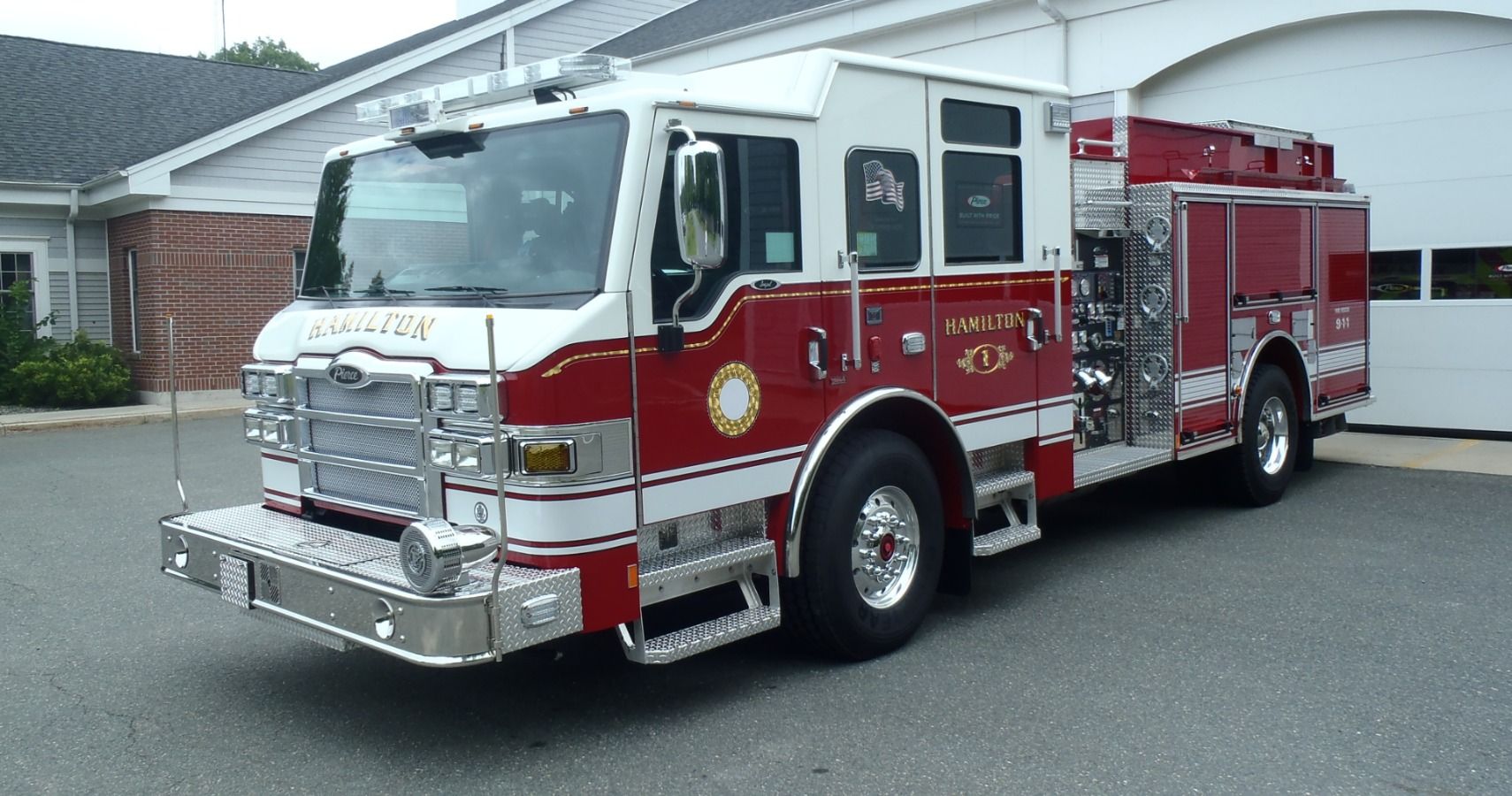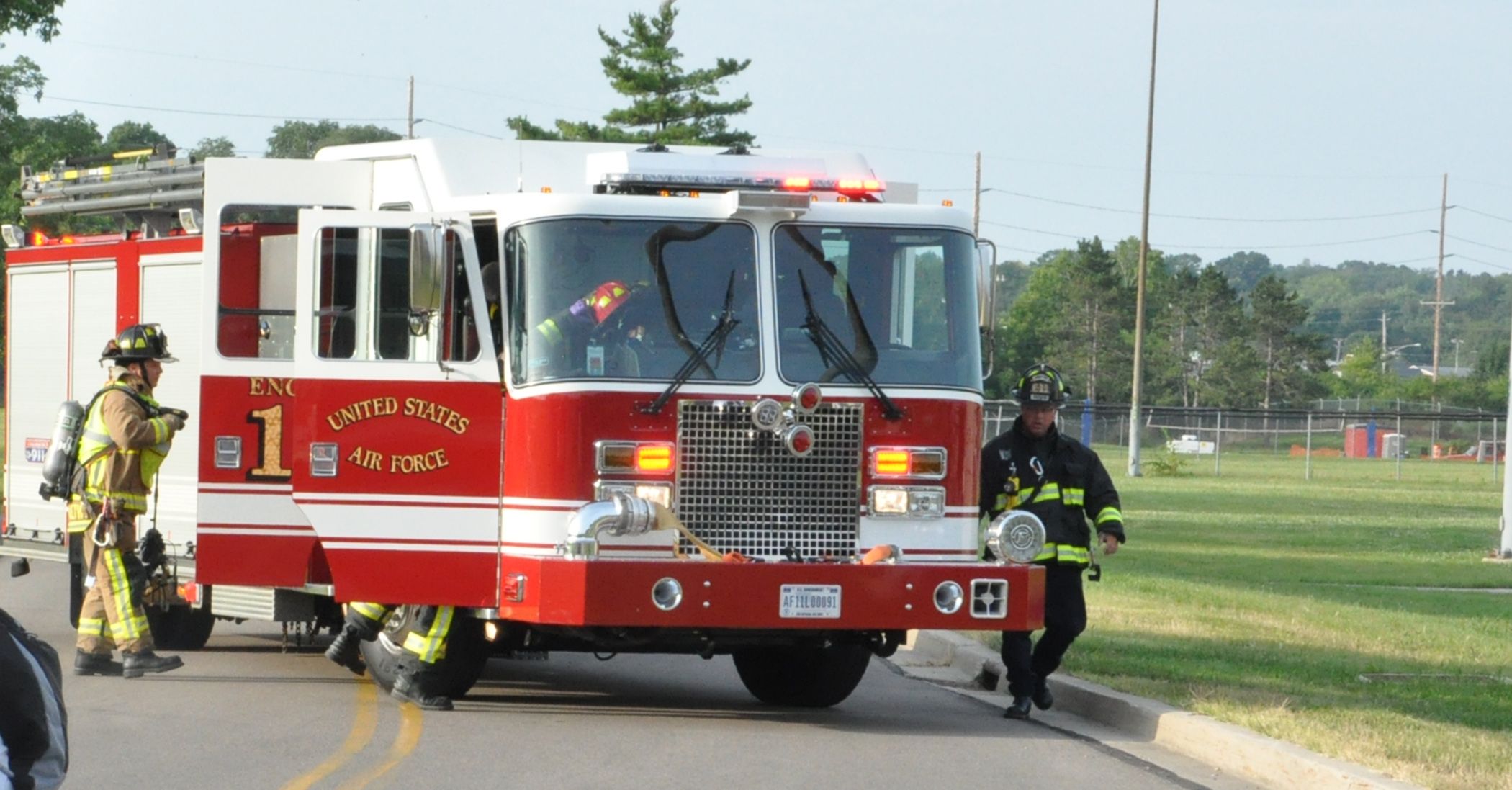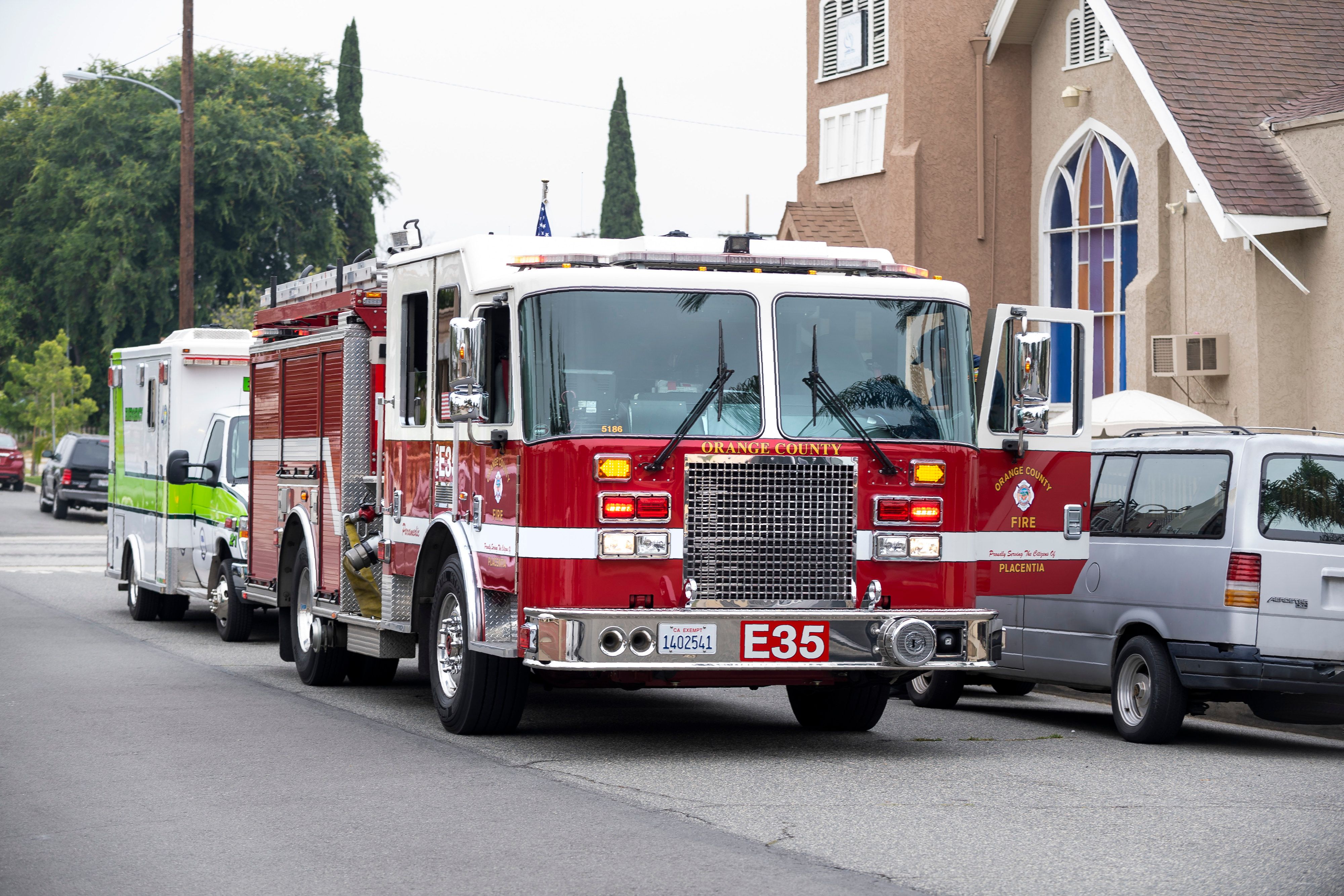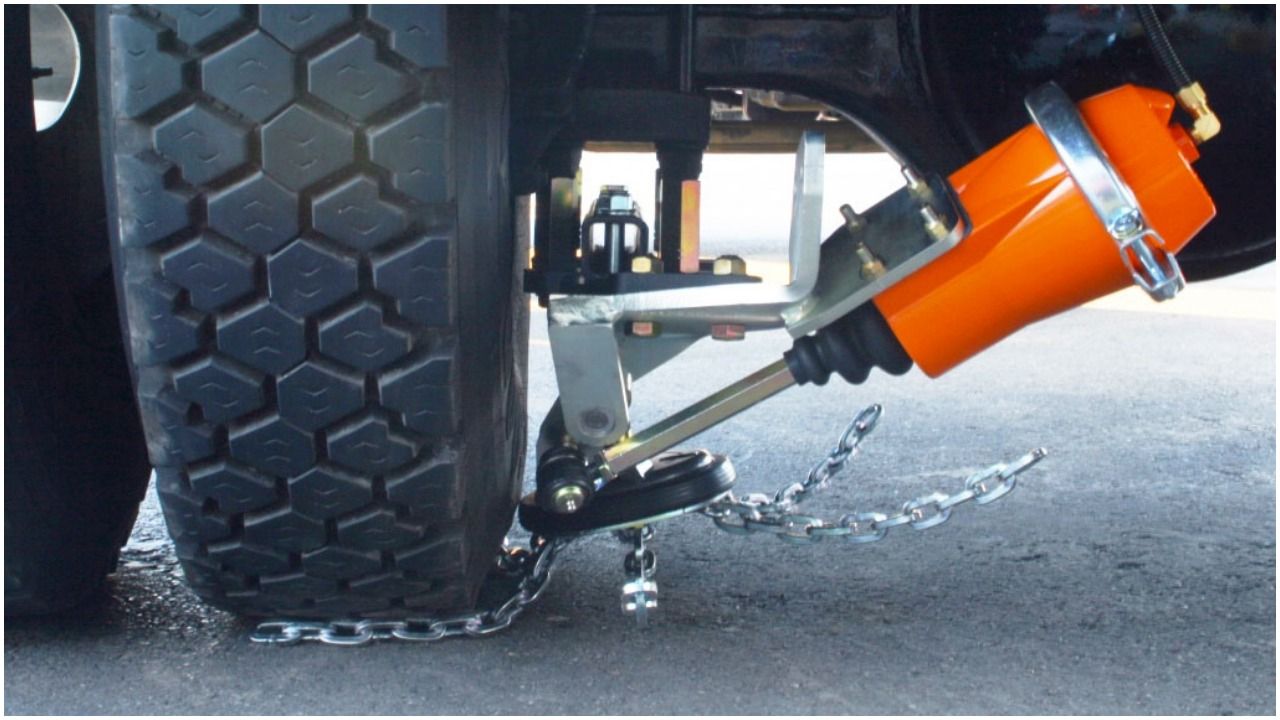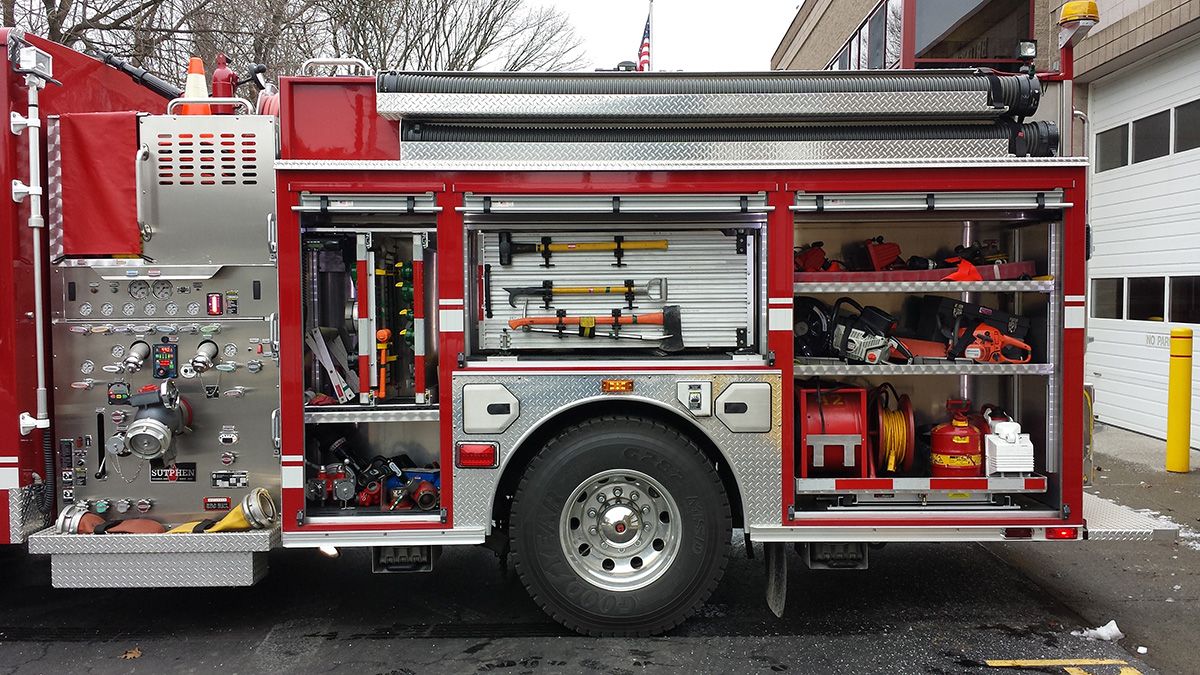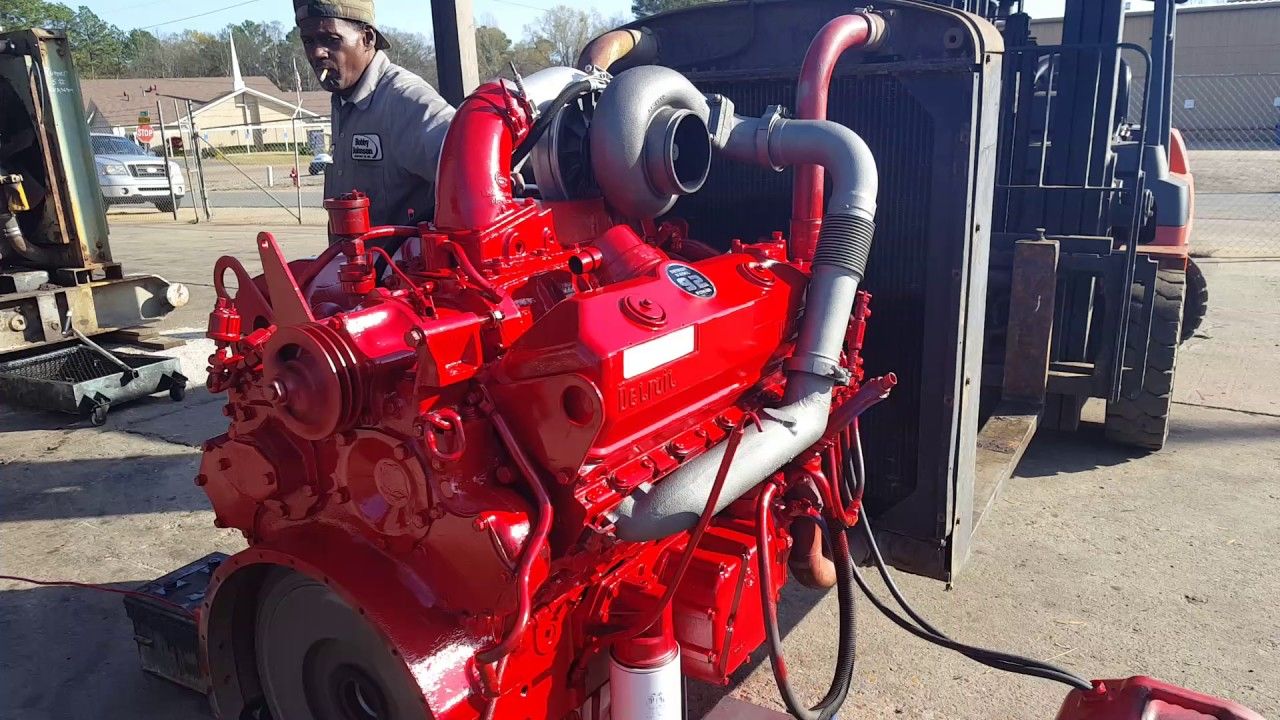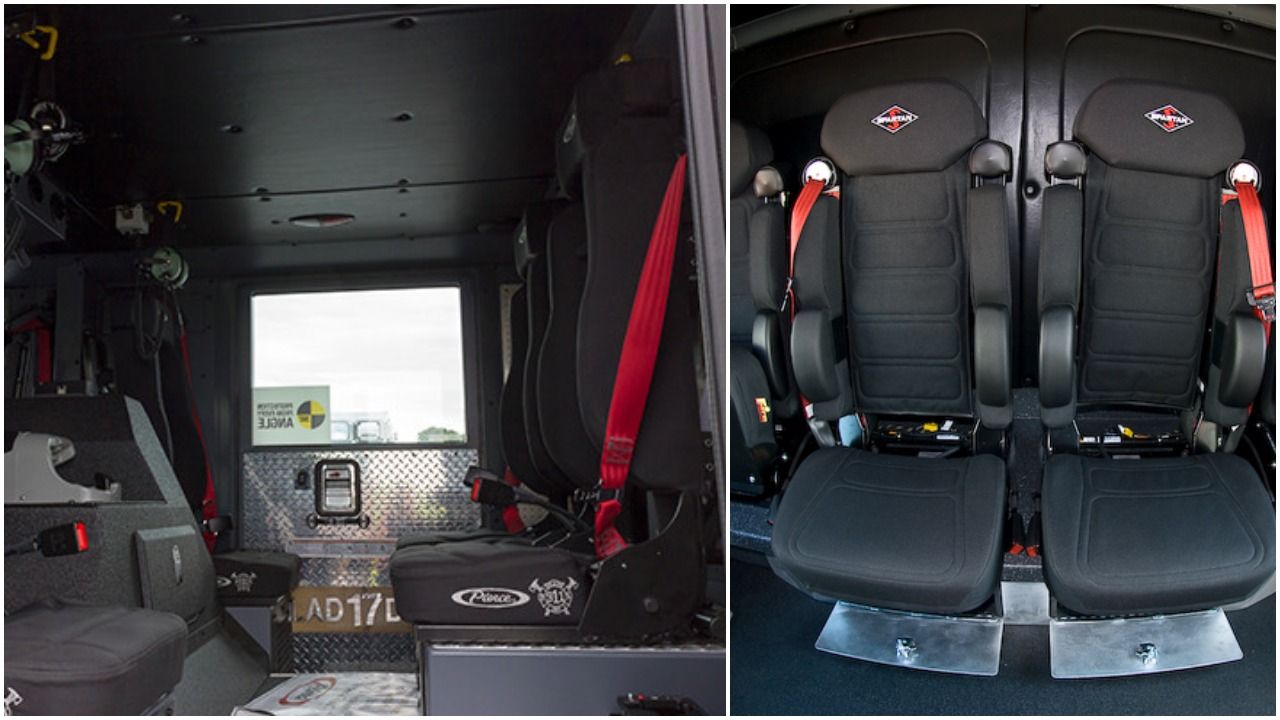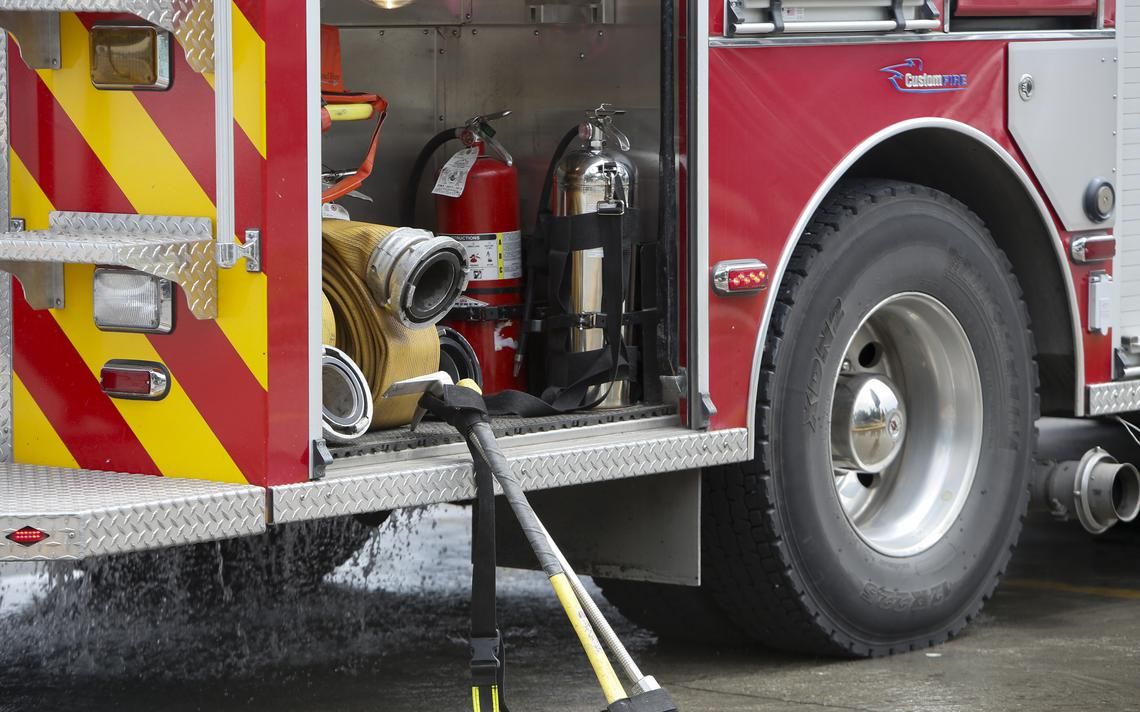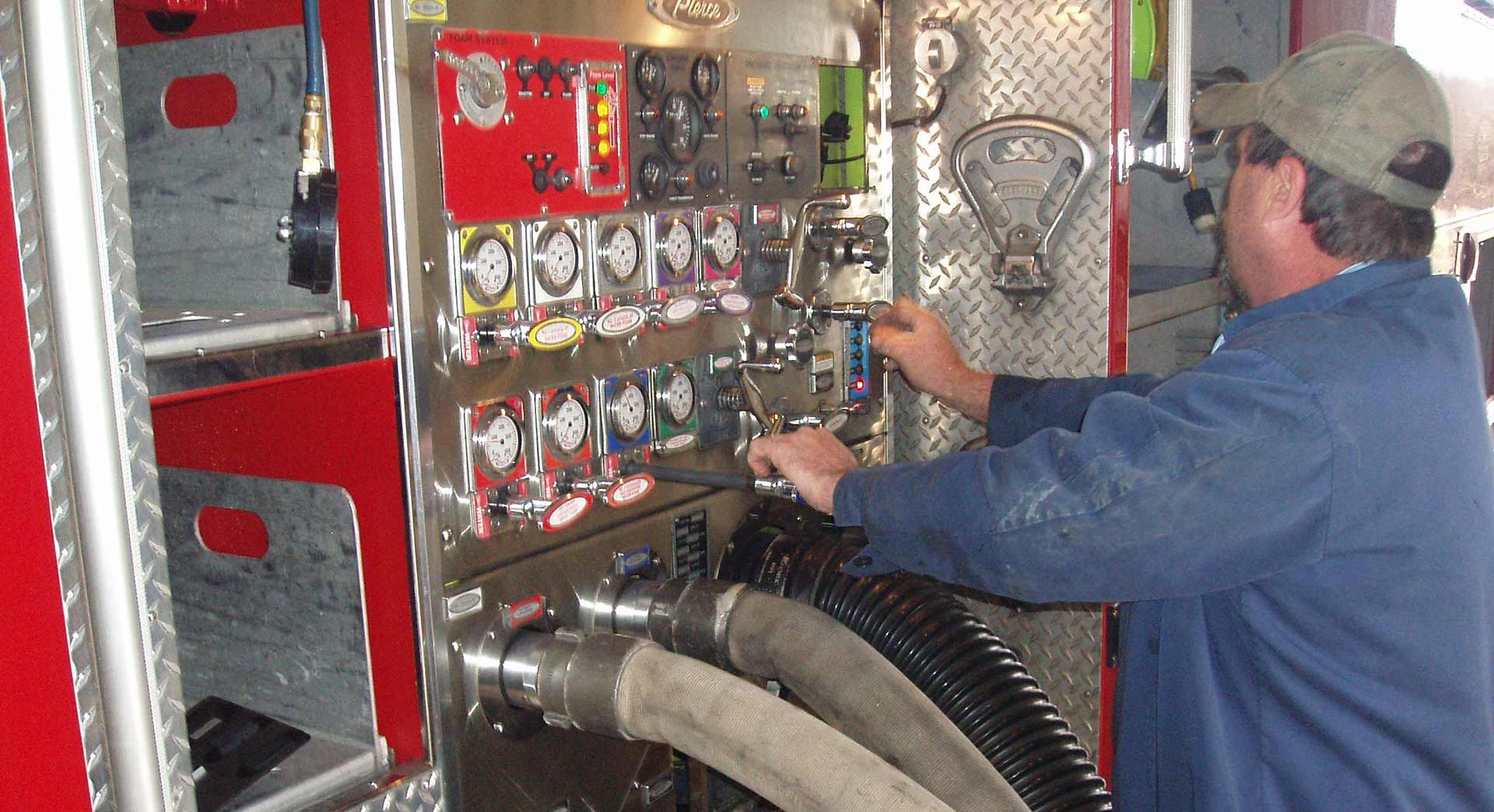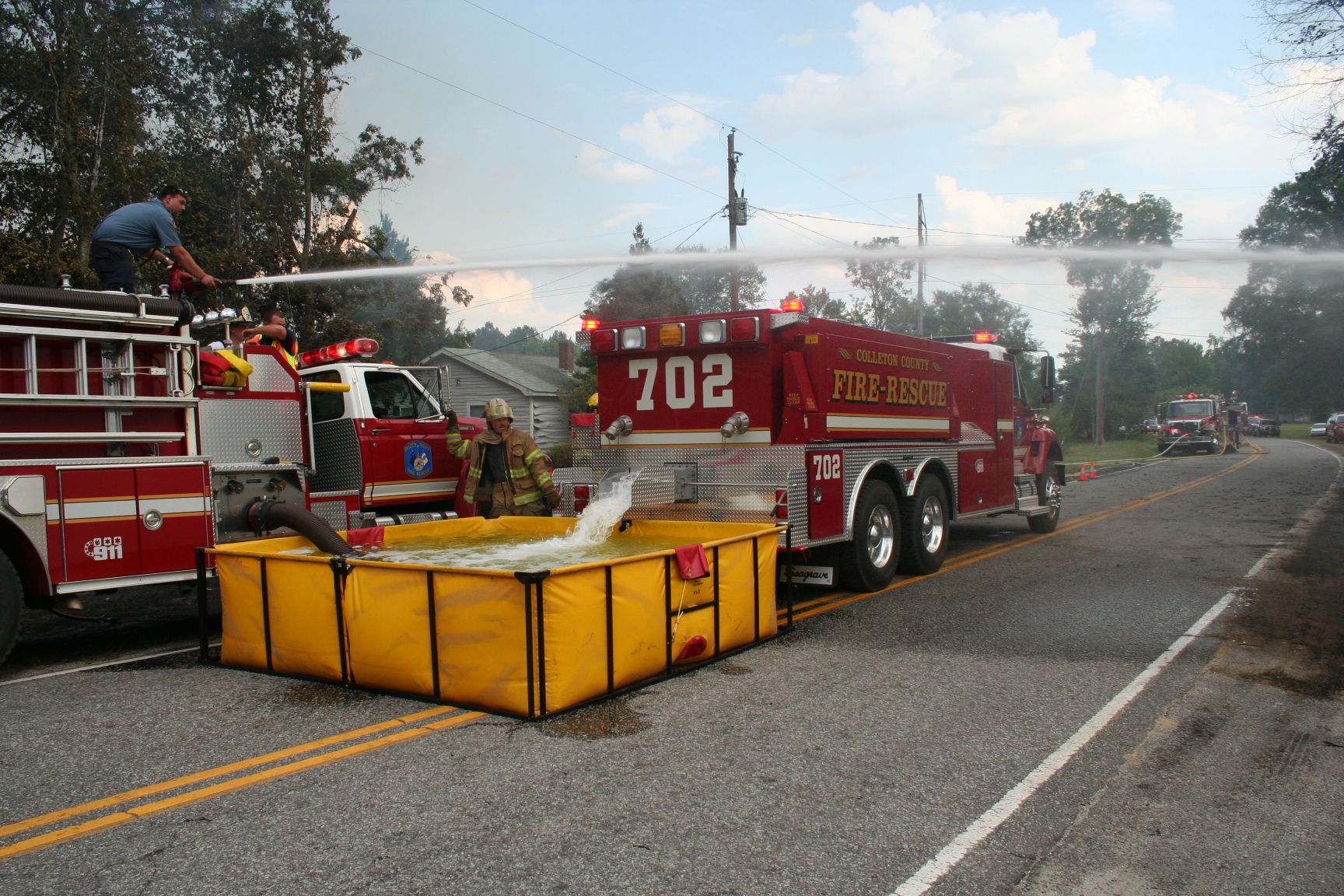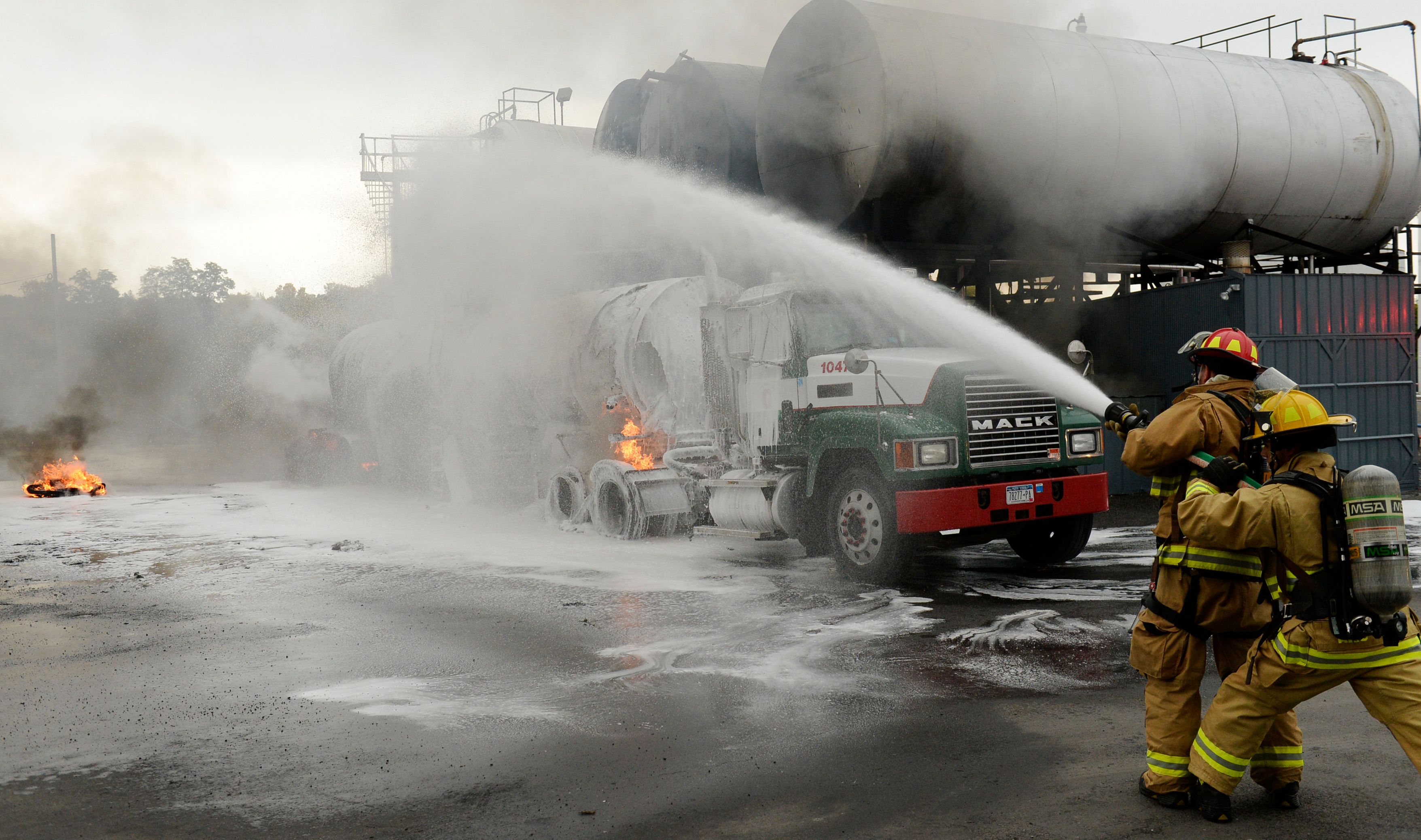Fire engines have changed a lot over the years as technology has improved and fire stations invest in bigger and better things. Many people watch these vehicles drive by them on the roadway and are left wondering what exactly these mechanical beasts do on the job. We know they help to put out fires and aid those in other disasters, but the question on our minds is how do they do that?
We have compiled a list of facts about theses modern fire engines to help you better understand the mechanics behind them. They are specialized vehicles, and there are so many cool things about them that you should know. Keep reading to learn ten things you didn't know about modern fire engines!
10 10. According To NFPA Standards, They Can Hit 68 MPH
Fire trucks are built very similarly to the semis that you have probably seen on the highway. This means they can hit the same top speeds as these vehicles, but it is doubtful you have ever seen a fire truck racing down streets at 70 to 80 mph.
This is because the National Fire Protection Association (NFPA) has set a top speed of 68 mph for these trucks. There is also a stipulation that the truck cannot exceed a speed that the tires cannot handle in the event that the speed of these is lower than the 68 mph mark.
9 9. It Is Different From A Fire Truck
Depending upon where you live, a fire engine and a fire truck are two different things. This is a more modern definition of the vehicle as the fire engine is usually the first vehicle on the scene when a fire has been reported. Their job is to connect hoses and start battling the flames with water and chemicals.
The second vehicle to arrive called the fire truck brings the rest of the firefighters and this vehicle is usually equipped with a variety of ladders and other less-needed equipment. The goal is for these two teams to work together to keep everyone safe and extinguish the fire quickly and efficiently.
8 8. Some Trucks Have Automatic Tire Chains
If you live up north where winters can be brutal and icy, then there is a chance your fire station uses automatic tire chains. They are a great thing to have in a pinch because with the flick of a button they are on in seconds.
This is not a mandatory addition to trucks, and the opinions on them go both ways depending on the city, but many say they wouldn't have it any other way. Winter storms can hit quickly, and the time it takes to jack up a truck to put on some chains and release it for a call could be the difference between life and death.
7 7. The Tools On The Vehicle Depend On The Department And Terrain
It is no secret that different states have different sets of terrain and seasons, which is why they all carry different tools depending upon their location. The trucks in Colorado are equipped with more climbing equipment than those in the flat state of Florida.
It also changes the way the truck is designed as some are forced to trek over more rugged terrain, leading them to invest in vehicles with better off-roading tires and capabilities. The same goes for large bodies of water, as often times these vehicles are on the scene in the case of a water emergency.
6 6. They Have Diesel Engines
These fire engines are able to move because of the powerful diesel engines that supply them with the ability to move. They are usually in the range of 260 to 600 horsepower and are made with reliability in mind.
The engine depends on the size and needs of the vehicle, but all we know is that they are beyond powerful. They were made to be workhorses in the field and capable to withstand anything that is thrown in their path to safely help those that are in need.
5 5. It Can Fit More Riders Than You Think
It was mandated back in 2016 that every person aboard one of these vessels is mandated to have a designated seat and seatbelt for their own safety. They usually can carry between 2 to 8 firefighters at one time depending upon the number of seats they have instilled on the rig.
This number generally changes between different departments as some find it better to have more equipment then personnel on their fire engine, and design the fire truck to sustain the ability to carry more people.
4 4. The Vehicles Have Several Different Hoses
There are several different types of hoses on fire trucks that are responsible for performing different tasks depending upon the type of emergency that presents itself. They come in different diameters and lengths, as well as have different capabilities to sustain different water pressures.
Your crossplay hoses are generally the first ones to leave the truck as they are light, and the fastest way to begin an assault on a fire. The deluge gun is the hose that will throw you back in your seat as it can dish out over 1,000 gallons per minute.
3 3. The Hoses Are Controlled By The Pump Panel
There are so many hoses connected to the rig itself, that it can become difficult to manage which hoses are on and in use. This is where the pump panel comes into play because it puts all of the switches and valves one might need to control the water coming from the rig, hydrant, or other local water sources.
It has already been stated how certain hoses can withstand a certain amount of pressure and have different responsibilities at a job site, which is why it is so important to have a knowledgeable professional operating the pump panel.
2 2. They Hold Around 1,000 Gallons Of Water
This is the first vehicle dispatched to a fire, so it has to be prepared with some sort of onboard water tank. They generally hold around 1,000 gallons, but this varies based on the rig and the setup a department chose for their vehicles.
This water is vitally important because it starts the process of wearing down the flames while another part of the crew connects the hoses to hydrants or other local water sources. If there are no other water sources around to use, then they will call in something called a Tender, which is a vehicle whose sole responsibility is to transport water from place to place.
1 1. Foam Is Also Stored Onboard
We know that fire trucks carry water, but you should also know they carry a chemical foam that is integral in stopping fires.
They are only used when a flammable liquid is spilled on the ground because the chemicals in this product are known to damage the environment. This is why it is only used in dire situations where a chemical formula is the only option, and not used on things like housefires unless absolutely necessary.

